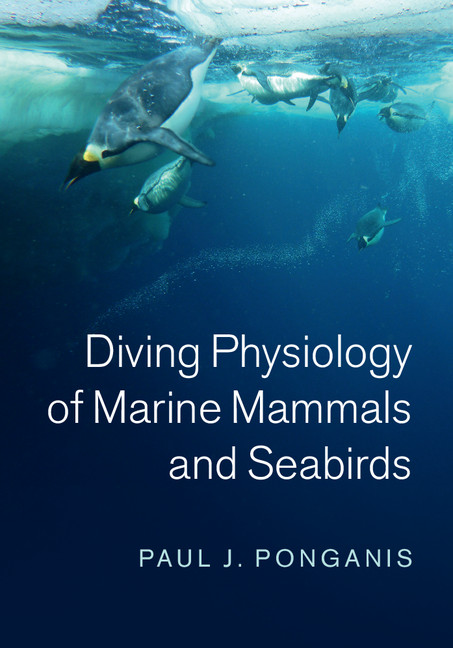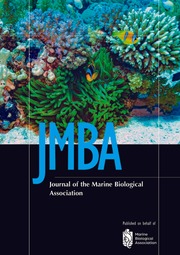Diving Physiology of Marine Mammals and Seabirds
Analysing the physiological adaptations of marine mammals and seabirds, this book provides a comprehensive overview of what allows these species to overcome the challenges of diving to depth on a single breath of air. Through comparative reviews of texts on diving physiology and behaviour from the last seventy-five years, Ponganis combines this research into one succinct volume. Investigating the diving performance of marine mammals and seabirds, this book illustrates how physiological processes to extreme hypoxia and pressure are relevant to the advancement of our understanding of basic cellular processes and human pathologies. This book underscores the biomedical and ecological relevance of the anatomical, physiological and molecular/biophysical adaptations of these animals to enable further research in this area. An important resource for students and researchers, this text not only provides an essential overview of recent research in the field, but will stimulate further research into the behaviour and physiology of diving.
- A unique analysis of the diving behaviour of both marine mammals and seabirds in one succinct volume, with an additional chapter on human diving physiology
- Reviews how the diving cardiovascular response reflects principles of myocardial oxygen supply/demand and applies this to treatments used in human medicine
- Reviews topics not usually seen in diving reviews, including antioxidants and avoidance of reperfusion injury, surfactant function in the lung, regulation of pulmonary vascular resistance, and the potential roles of gasotransmitters
Reviews & endorsements
'I see this as a highly recommended text with broad appeal. It provides a detailed account of the mechanisms that underpin the dive behaviours which are being uncovered with increasing resolution. With the advent of miniaturized dive loggers, coupled with increasingly sophisticated physiological methods, we are entering an exciting phase in dive physiology research. Ponganis' book provides a much-needed collation of what has been achieved thus far and I look forward to future editions that incorporate the work to follow.' Brendon Dunphy, Marine Biology Research
'It was a pleasure to read this extensive book on the diving physiology of marine mammals and birds. … Even though I have worked in the field of diving physiology and biochemistry for over 40 years, I know that I will immediately go to this volume for reference material on specific subjects. … The tables have incredible amounts of information, and the reference section is invaluable, almost as a stand-alone product. Readers will find the depth of the references far beyond more routine Web searches in the field of diving. … Would I make [reading] it almost mandatory for advanced students beginning their own thesis work in diving physiology? Absolutely.' Michael Castellini, The Quarterly Review of Biology
'The book is eminently readable, so is accessible to a broad audience, and the numerous tables and black-and-white illustrations are helpful. Overall, this text is highly recommended - not only is it interesting to dip into, but it is also a serious, academic and comprehensive survey of the field.' Sue Howarth, The Biologist
Product details
January 2016Adobe eBook Reader
9781316434833
0 pages
0kg
73 b/w illus. 23 tables
This ISBN is for an eBook version which is distributed on our behalf by a third party.
Table of Contents
- Preface
- 1. Diving behavior
- 2. Challenges of the breath hold and the environment
- 3. Respiratory gas exchange
- 4. Oxygen storage and transport
- 5. Cardiovascular dive response
- 6. Adaptations in cardiovascular anatomy and hemodynamics
- 7. Muscle and locomotory work
- 8. Thermoregulation
- 9. Diving metabolism
- 10. The aerobic dive limit (ADL)
- 11. Pressure tolerance
- 12. Hypoxemic tolerance
- 13. Biomedical relevance
- References
- Index.







